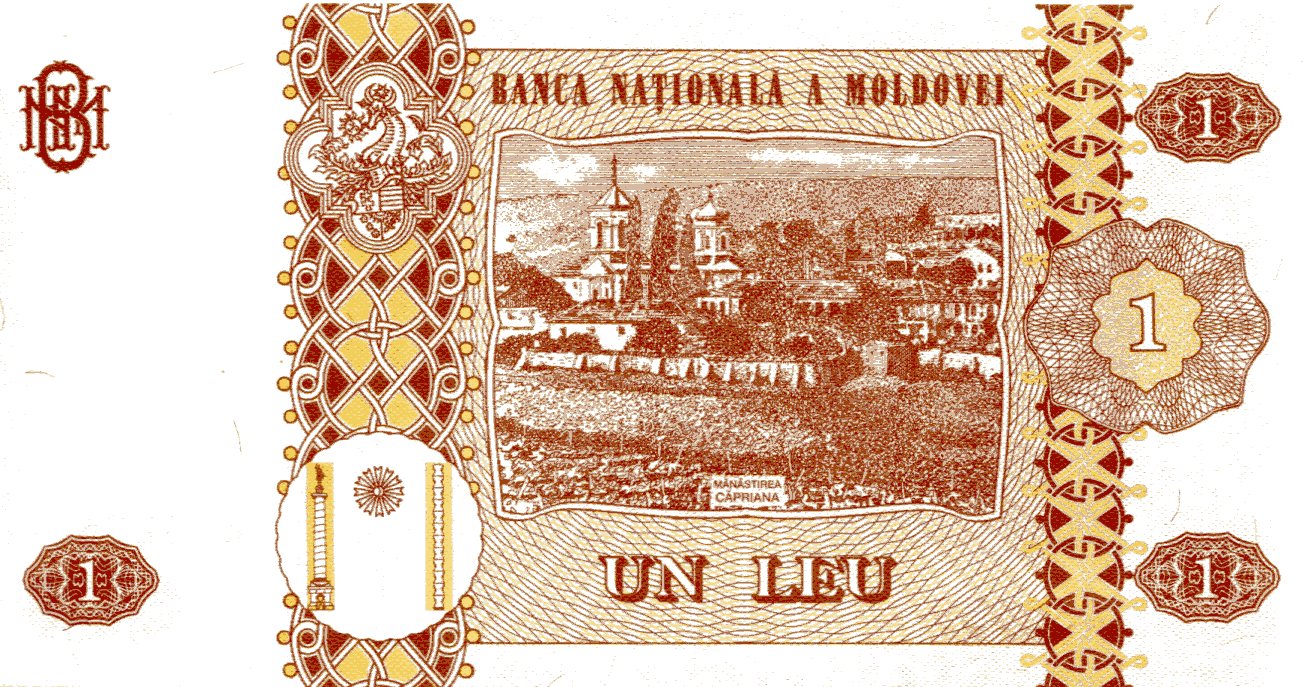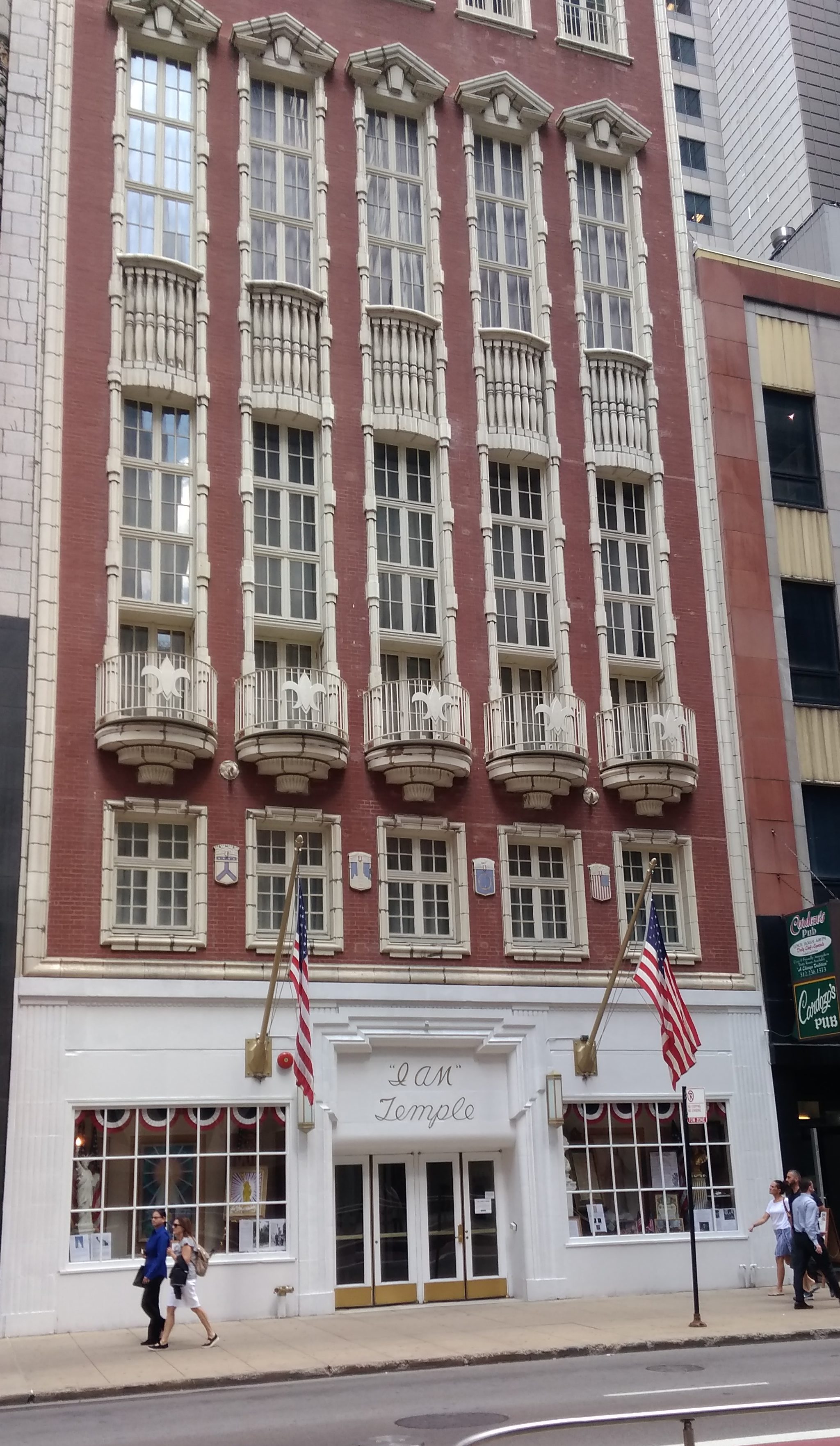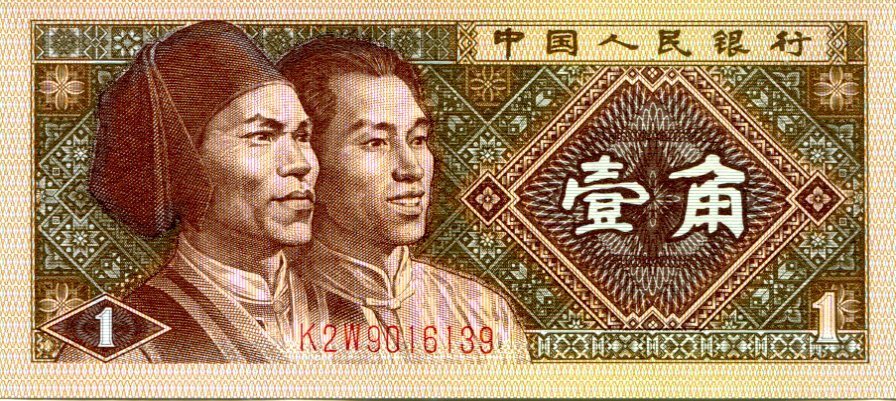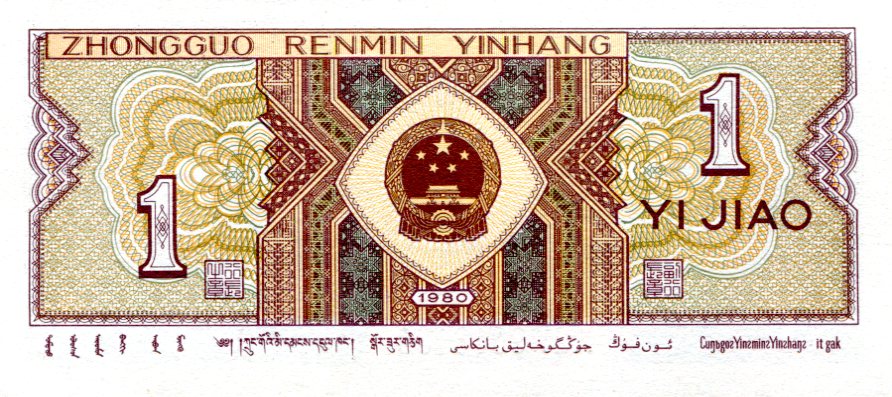Here we are in the Mariana Trench of winter. A little later than usual, but well within the scope of a normal winter.
The headline above pretty much says it all. Twenty years ago this month, when we visited eastern Iowa for a long weekend, I spotted a Sinclair dinosaur in that part of the state.
I’d have said at the time that as advertising, the heyday of the Sinclair dinosaur was long over. But I would have been wrong. It’s just that I didn’t see them around much in the Chicago area, so that when I spotted one out of town, it struck me as a novelty, or maybe something left over from an earlier decade. That’s probably why I bothered to take a picture.
Just do a Google image search and plenty of fairly recent green fiberglass dinosaurs appear. Wiki asserts that many of the dinosaur-sporting Sinclair stations are along I-80 in our time, and while I’m not quite sure where in Iowa I took the picture, we weren’t far from that road.
“Sinclair Oil began using an Apatosaurus (then called a Brontosaurus) in its advertising, sales promotions and product labels in 1930. Children loved it,” the blog of the American Oil & Gas Historic Society says, also noting the popular notion at the time that dinosaurs decayed into the oil that mankind had found.
Of course, Sinclair Oil itself has a lot to say about its brontosaurus. I particularly recommend the short video at the Sinclair site about Sinclair at the World’s Fair in 1964.
As a small child, I had a green plastic brontosaurus bank, into whose slot I put pennies, nickels and less frequently other coins. I suspect my mother got it as a premium for buying gas from Sinclair.
The coins in that bank taught me, among other things, that some of the older ones were silver, while the newer ones — not nearly as satisfying as coins — were some weird mix of copper and nickel. I’m fairly sure I actually learned about silver and non-silver coinage from one of my brothers. But having the coins probably promoted me to ask them questions in the first place, such as, why are these different from the others?



 The note is also small in size. Interestingly, exactly four inches long and two-and-a-half inches tall. Odd, I would have thought that the sides measure evenly in centimeters rather than inches.
The note is also small in size. Interestingly, exactly four inches long and two-and-a-half inches tall. Odd, I would have thought that the sides measure evenly in centimeters rather than inches. Who are these gentlemen who look so much alike, except the eyes of one are closer together than the other?
Who are these gentlemen who look so much alike, except the eyes of one are closer together than the other?



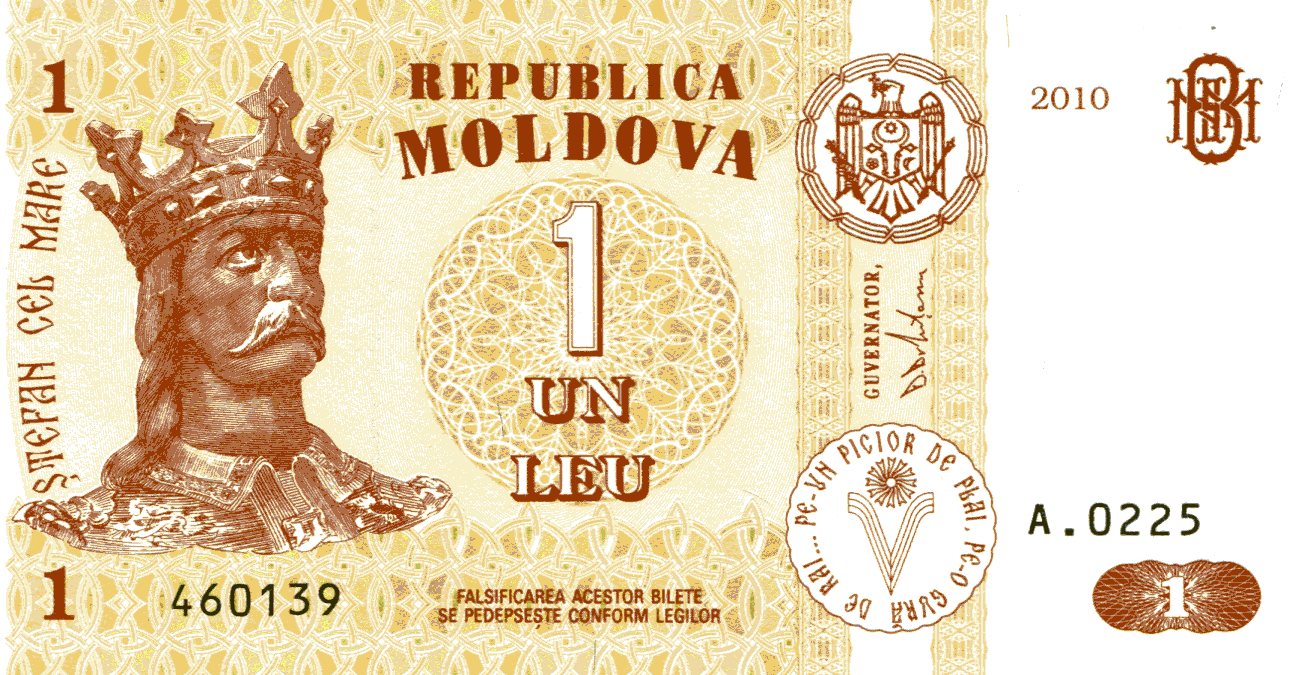 Of course that’s
Of course that’s 